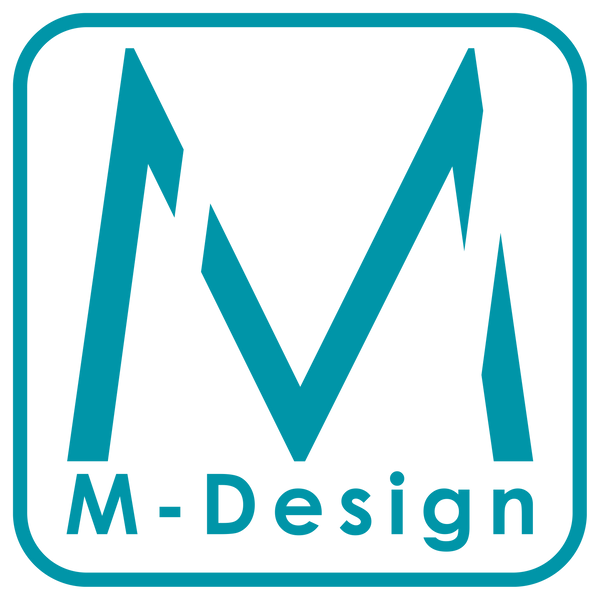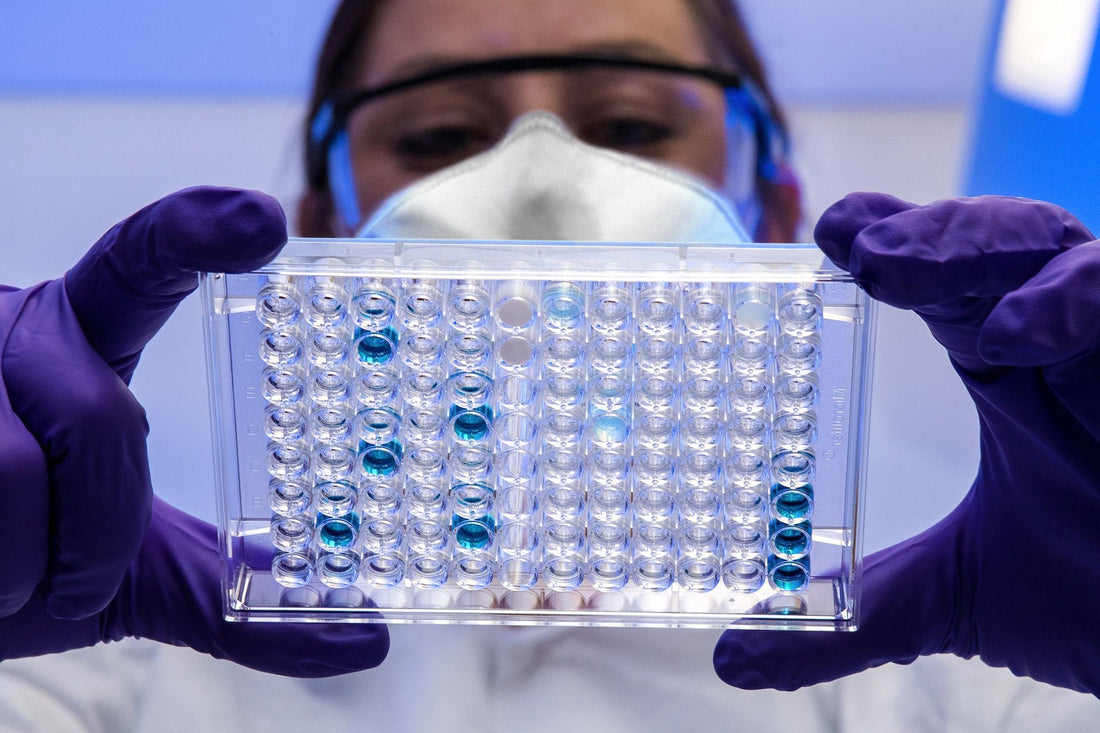Our commitment to your safety and well-being is unwavering. That's why at M-Design, we exclusively utilise 'food safe' materials. But what exactly does that mean?
In this text we will explore certain technical details regarding the 'food safe' theme: its definition, significance, and our commitment to ensuring it. It's a delicate topic, but we will try our best to explain it.
First thing first, M-Design use plastic materials, mainly PP and TPE, LDPE and HDPE which are all food safe & food grade material and BPA Free.
This material are certificated and pure.
Every element in our food contact products is certified to be food safe, from the container to the seal!
Food safe & grade plastics are specifically manufactured to meet certain standards of purity, which means they’re made without the use of dyes or any recycled materials that could pose a risk to human health.
The purity of food-grade plastic prevents this process from occurring, so that food safe & grade products can safely be used to store almost any food or drink.
How do we ensure that?
In order to make sure that the final product is of high quality, food safe, it is essential that all the steps in the manufacturing process are conducted correctly.
At M-Design we monitor and inspect various stages of the manufacturing process to ensure that the final plastic products meet certain standards of quality. It includes checking for defects, such as surface imperfections, warping, dimensional accuracy, and other potential issues that can impact the performance, durability, and safety of the product.
This involves implementing a range of quality control measures, including statistical process control, visual inspection, mechanical testing, and other techniques to ensure that the products meet the desired level of quality.
- Monitor process parameters: Regular monitoring of process parameters such as temperature, pressure, and cycle time can help identify any variations or trends that may affect product quality.
- Conduct regular inspections: Regular visual inspections of finished parts can help identify surface defects that may affect the product's appearance or performance.
- Use statistical process control: Statistical process control can help identify process variations and trends that may affect product quality.
How do you know it is safe?
Knowing the difference between what’s safe versus not is vital for keeping consumers protected from any potential harm.
We understand the risks associated with inferior products: cheap imitations that easily break, become damaged, or lose their vibrant colours over time. Our products are meticulously crafted to ensure your utmost safety and satisfaction.
Our carefully designed icons below each M-Design product provide crystal-clear information on materials and uses, ensuring you maximise product potential while minimising wear and tear.
If you have any inquiries, recommendations, or require spare parts, feel free to reach out to us at any time.

